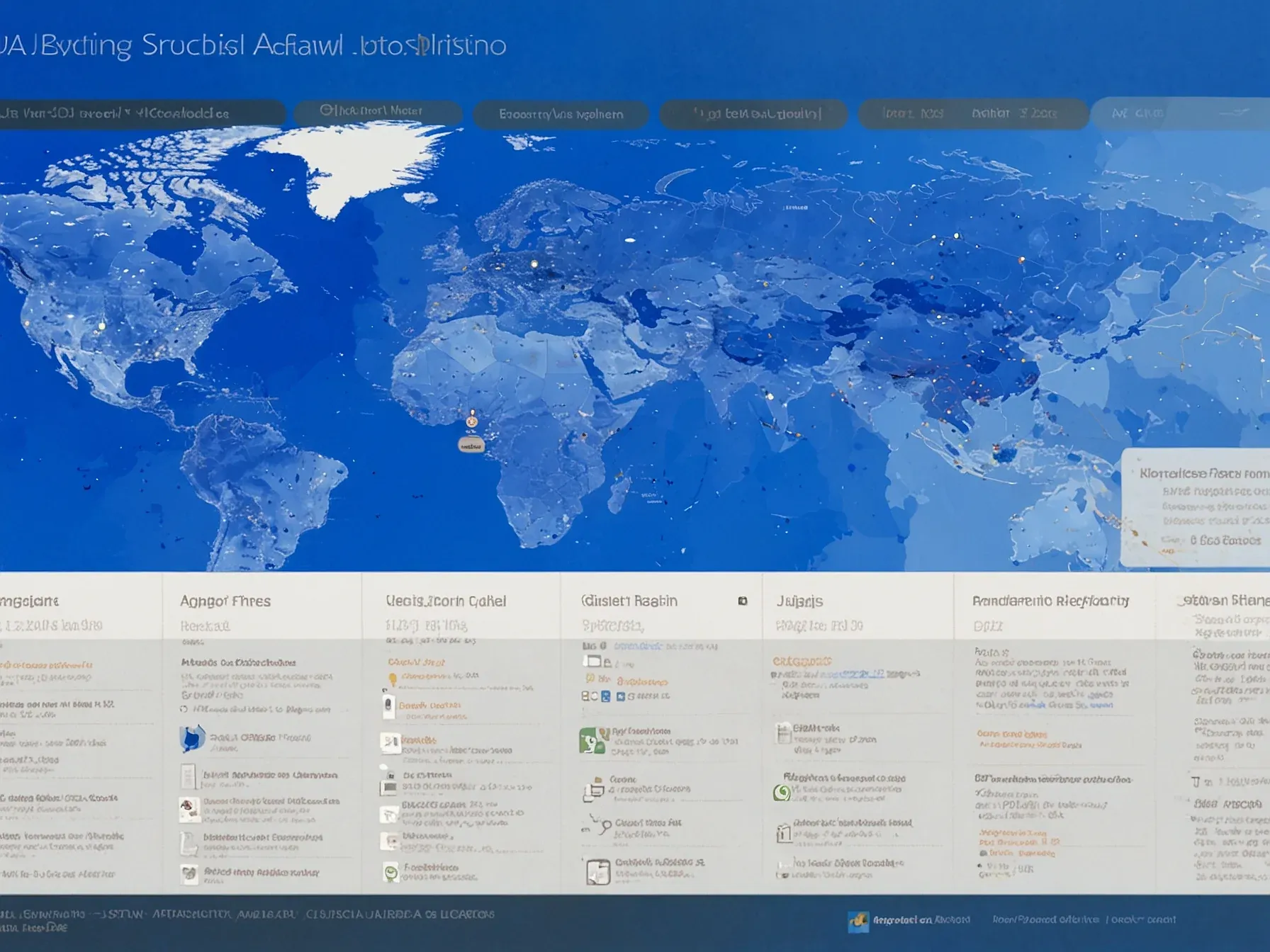
Embedding policy enforcement in query engines secures AI agents’ data access
Human‑centric identity‑and‑access‑management (IAM) was built for static users, not for autonomous software that can spin up, shift roles and query data on the fly. As agentic AI spreads across customer‑service desks, finance teams and beyond, the old model shows cracks—permissions are granted to a person, then assumed to cover any downstream bot they deploy. That assumption leaves a gap: an AI agent can inherit broad rights and reach into datasets it wasn’t meant to see.
Companies are now asking whether the control plane can keep pace with purpose‑driven agents that need only the slice of data relevant to their task. The answer, according to recent industry thinking, may lie in moving enforcement from a peripheral policy server into the heart of the query engine itself. This shift promises to tie access decisions directly to the declared intent of each request, cutting off misuse before it even touches the data.
By embedding policy enforcement directly into the data query engine, you can enforce row‑level and column‑level security based on the agent's declared purpose. A customer service agent should be automatically blocked from running a query that appears designed for financial analysis. Purpose binding.
By embedding policy enforcement directly into the data query engine, you can enforce row-level and column-level security based on the agent's declared purpose. A customer service agent should be automatically blocked from running a query that appears designed for financial analysis. Purpose binding ensures data is used as intended, not merely accessed by an authorized identity.
In a world of autonomous actions, auditability is non-negotiable. Every access decision, data query and API call should be immutably logged, capturing the who, what, where and why. Link logs so they are tamper evident and replayable for auditors or incident responders, providing a clear narrative of every agent's activities.
A practical roadmap to get started Begin with an identity inventory. Begin issuing unique identities for each agent workload. Implement a tool that grants short-lived, scoped credentials for a specific project.
This proves the concept and shows the operational benefits. Issue tokens that expire in minutes, not months. Seek out and remove static API keys and secrets from code and configuration.
Validate agent workflows, scopes, prompts and policies on synthetic or masked data first. Promote to real data only after controls, logs and egress policies pass. Practice responses to a leaked credential, a prompt injection or a tool escalation.
Prove you can revoke access, rotate credentials and isolate an agent in minutes. The bottom line You cannot manage an agentic, AI-driven future with human-era identity tools. The organizations that will win recognize identity as the central nervous system for AI operations.
Make identity the control plane, move authorization to runtime, bind data access to purpose and prove value on synthetic data before touching the real thing. Do that, and you can scale to a million agents without scaling your breach risk.
Is the answer really that simple? Embedding policy enforcement directly into the data query engine lets organizations enforce row‑level and column‑level security based on an agent’s declared purpose, automatically blocking a customer‑service bot from running a query that looks like financial analysis. Yet the article notes that traditional identity and access management (IAM) is already failing as agentic AI spreads across enterprises, and it calls for a new, human‑centric identity control plane.
Without that, digital employees may log in, pull data, and act without a secure framework, creating “catastrophic risk.” The proposed purpose‑binding approach sounds promising, but the piece does not explain how the declared purpose is verified or how policy updates keep pace with evolving AI capabilities. Moreover, it remains unclear whether integrating enforcement at the query layer can scale to the volume and variety of real‑world workloads. The need for a scalable security model is evident, but practical implementation details and performance impacts are still uncertain.
Further Reading
- AI Data Privacy Concerns - Risks, Breaches, Issues In 2025 - Protecto
- Zero Trust AI Privacy Protection: 2025 Implementation Guide - Kiteworks
- Why Access Guardrails Matter for AI Policy Enforcement Dynamic Data Masking - Hoop.dev
- Policy-as-Code Enforcement - Sakura Sky
- Policy Zones: How Meta enforces purpose limitation at scale in batch processing systems - Meta Engineering Blog
Common Questions Answered
How does embedding policy enforcement into the query engine improve row‑level and column‑level security for AI agents?
By integrating policy checks directly into the data query engine, each query is evaluated against row‑level and column‑level rules tied to the agent's declared purpose. This ensures that an AI agent can only access the specific rows and columns it is authorized for, preventing unintended data exposure.
Why is traditional human‑centric IAM considered insufficient for autonomous software agents?
Traditional IAM assigns permissions to static human users and assumes those rights extend to any downstream bots they deploy. Autonomous AI agents can dynamically change roles and query data on the fly, which can lead to them inheriting broad rights and accessing datasets they were not intended to see.
What role does an agent’s declared purpose play in purpose‑binding enforcement?
Purpose‑binding ties the agent’s stated intent—such as customer service or financial analysis—to specific data access policies. The query engine automatically blocks queries that conflict with the declared purpose, ensuring data is used only in the contexts for which it was approved.
What does the article suggest as a solution to the IAM gaps created by the spread of agentic AI?
The article calls for a new, human‑centric identity control plane that embeds policy enforcement within the query engine and aligns access decisions with each AI agent’s purpose. This approach aims to provide auditable, purpose‑driven security beyond traditional identity checks.




